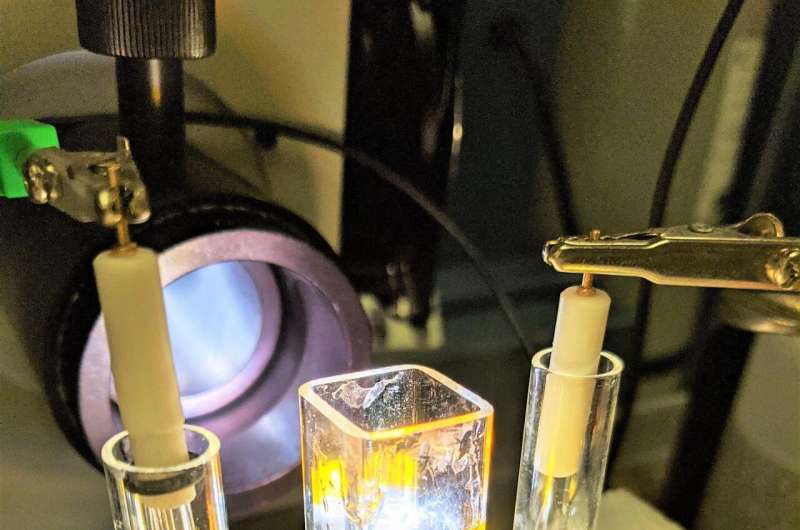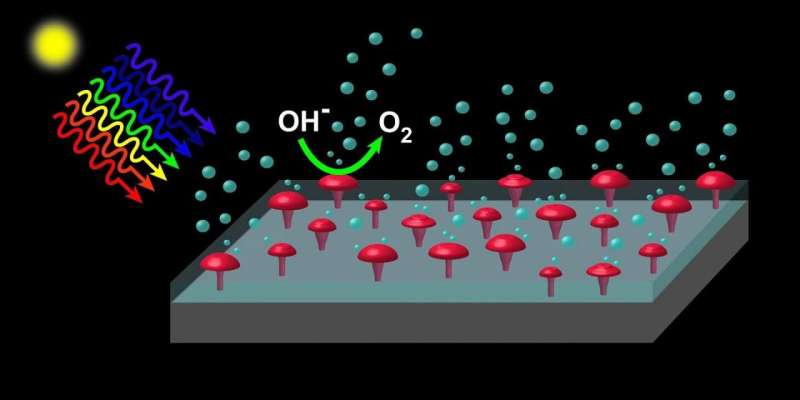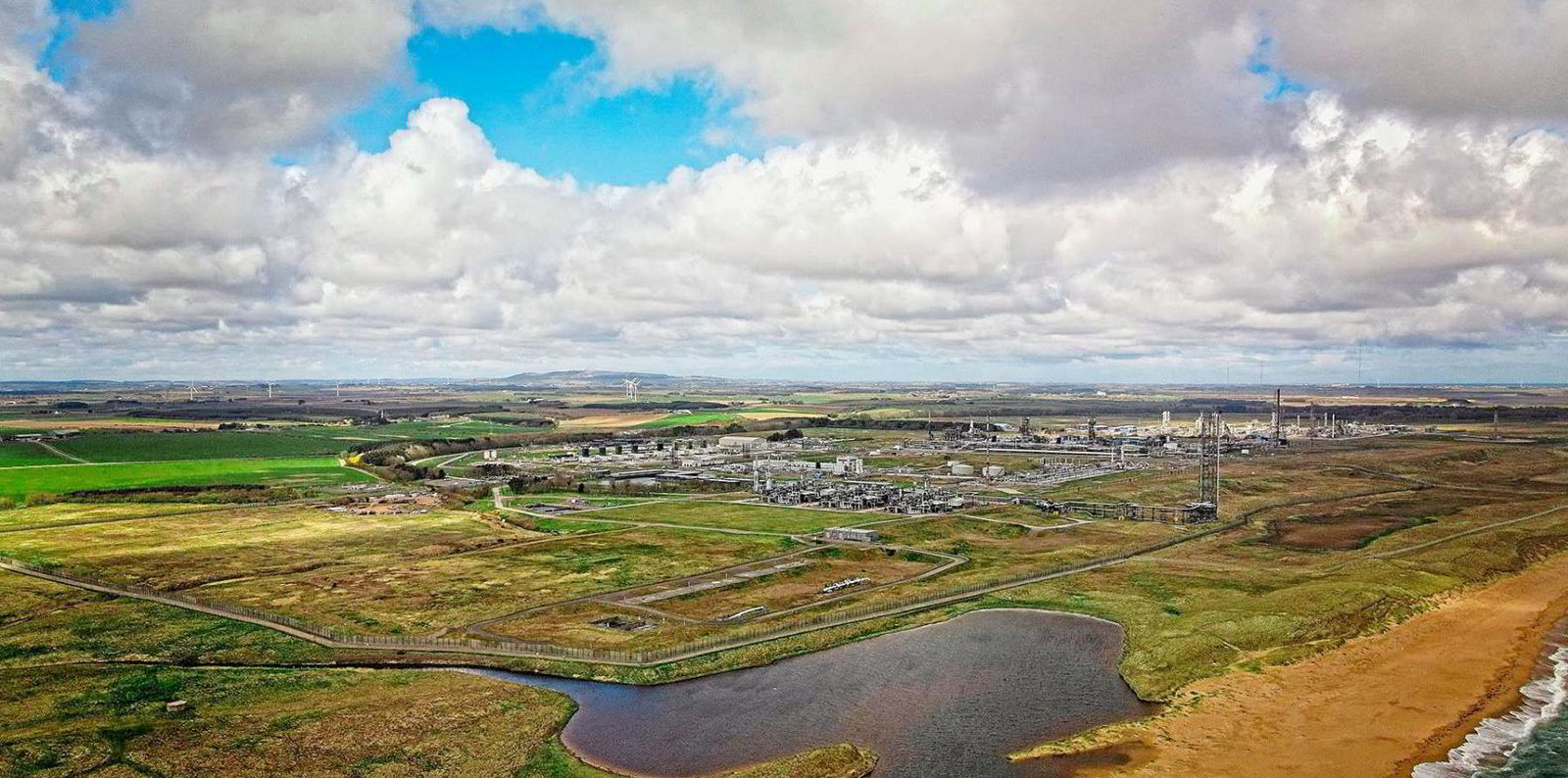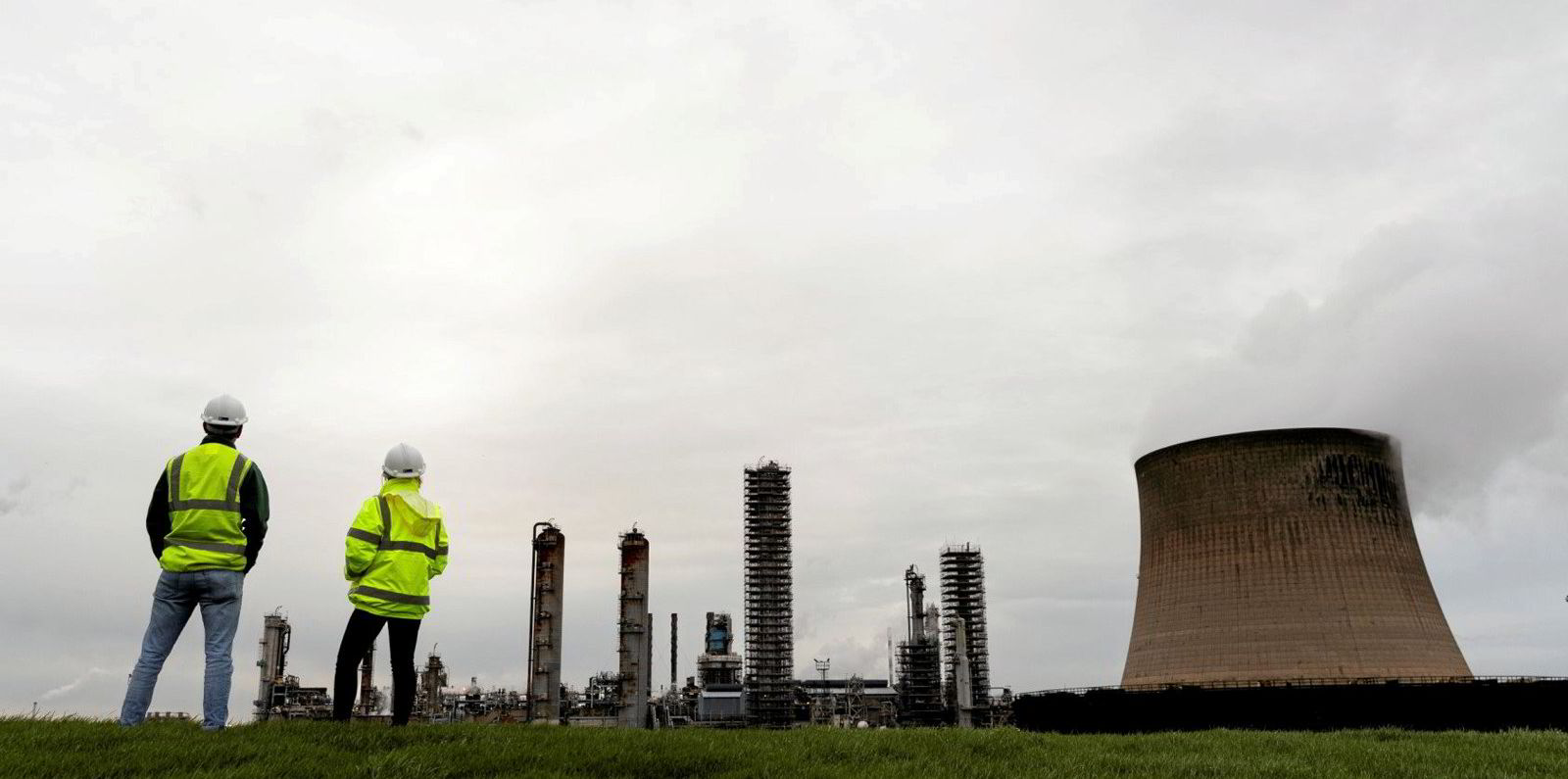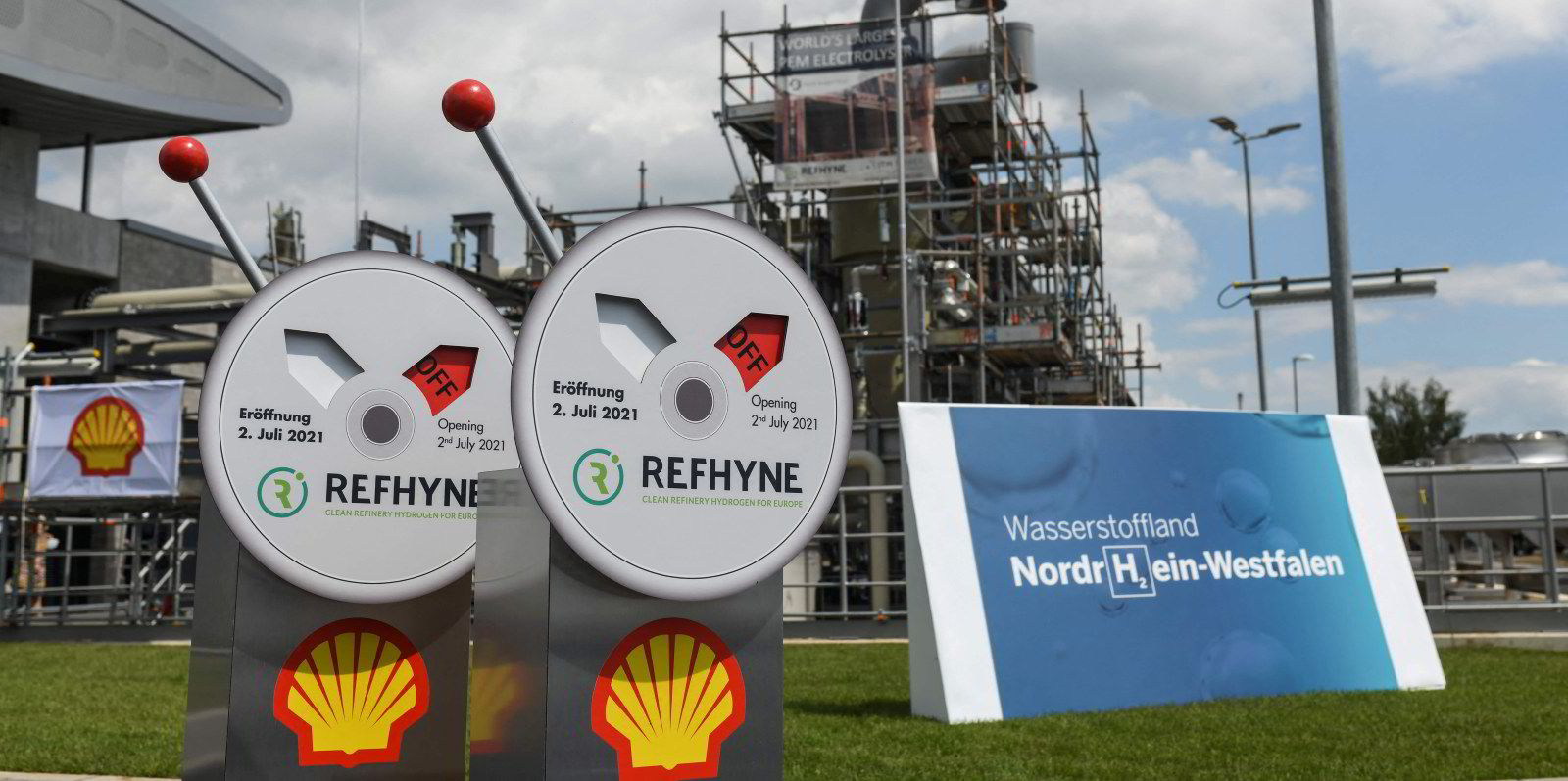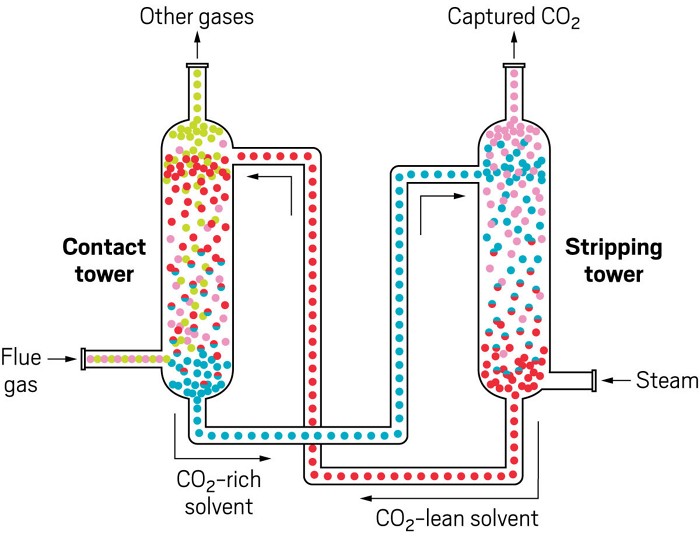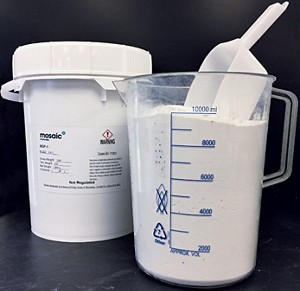ALBERTA
Australian Coal firm appeals rejection of Grassy Mountain open-pit mine
, BNN Bloomberg
The company behind a proposal to build a massive open-pit coal mine along the eastern slopes of the Rocky Mountains is appealing a regulatory decision that halted the development last month.
Australia-based Benga Mining Limited said Monday it launched a legal appeal process to dispute the rejection of the Grassy Mountain steelmaking coal mine by a joint provincial-federal review panel, taking issue with a number of the panel’s findings.
Benga Chief Executive Officer John Wallington said in a release the company disagreed with the Joint Review Panel (JRP) and Alberta Energy Regulator (AER) methodology and conclusion, including Benga’s view that the regulators did not properly take into account First Nations’ support for the project.
"After careful and thorough review of the JRP's report, Benga believes that the AER's conclusions and reasons contain material errors of law and contraventions of procedural fairness," Wallington said.
"Among the reasoning in its report, the AER dismissed the full support of the relevant First Nations without consultation, demonstrated a lack of familiarity with the provincial royalty regime, and gave preference to non-expert layman analysis over expert, science-based evidence.”
The proposed mine would have had 4.5 million tonnes of processed coal capacity per year over a mine life of 25 years. One quarter of Grassy Mountain would sit on previously-mined land which Benga said was never restored.
If approved, the project would have created 500 jobs during the construction phase and 385 full-time jobs, Benga said. The company plans to file an affidavit and memorandum of argument to support its appeal in the coming weeks.
The proposed project, about 160 kilometres south of Calgary, sits on Treaty 7 territory. During the initial hearings, the project had the support of all the First Nations whose territories encompassed the project’s proposed footprint.
While the joint review panel acknowledged that Benga had signed agreements will all 14 First Nations and Métis groups that reside in close proximity to the project and had no objection to Grassy Mountain, the JRP said that did not outweigh the environmental impacts of the development.
The panel said that such a project would likely result in “significant adverse environmental effects” on surface water quality, the westslope cutthroat trout habitat and vegetation, among other concerns. The panel also said that in its view Grassy Mountain overstated the potential royalty payments it would generate over the life of the mine, an assertion Benga disputes.
Since 2009, 11 oil sands and coal mining projects have gone through the regulatory oral hearing process, with eight being approved, three withdrawn and none rejected.
The project has emerged as a flashpoint between industry and environmental advocates in the wake of a 2020 decision by Alberta to end a decades-long ban on coal mining in the area. That reversal of the 1976 coal policy opened the door for resumption of mining in the Crowsnest Pass area, where coal was once the lifeblood of the region's economy.

